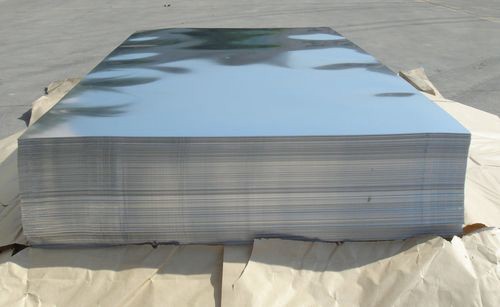Aluminium alloy 1235 is a remarkable variant within the spectrum of aluminium alloys. Comprising a high aluminum content and other alloying elements, it holds a prominent position owing to its unique properties. In this article, we delve into the chemical composition, physical characteristics, mechanical properties, and applications of Aluminium Alloy 1235.

1. Chemical Composition:
Aluminium Alloy 1235 is mainly composed of aluminum, constituting about 99.35% of the alloy’s weight. The remaining composition primarily includes iron and silicon. The high aluminum content makes it one of the purest forms of aluminum alloys.
2. Physical Characteristics:
Density: Aluminium Alloy 1235 has a density of approximately 2.7 grams per cubic centimeter, making it relatively lightweight. This characteristic is advantageous in applications where weight is a critical factor.
Melting Point: The melting point of this alloy is around 650°C (1,202°F), allowing for easy processing and shaping during manufacturing processes.
Thermal Expansion: It exhibits a relatively low thermal expansion coefficient, which is essential in applications where dimensional stability under varying temperatures is required.
3. Mechanical Properties:
Tensile Strength: Aluminium Alloy 1235 offers a tensile strength ranging from 60 to 70 megapascals (MPa), ensuring adequate structural integrity in its applications.
Yield Strength: The yield strength is approximately 50 MPa, indicating its ability to withstand stress before permanent deformation occurs.
Elongation: The elongation at break is typically around 30%, highlighting its ductility and ability to undergo plastic deformation before rupture.
4. Applications:
Packaging: It is widely used in the packaging industry for its excellent barrier properties, especially in flexible packaging for items like food, beverages, and pharmaceuticals.
Insulation: Due to its high thermal conductivity, it is employed in insulation materials to regulate and maintain desired temperatures.
Electrical Conductors: The high electrical conductivity of this alloy makes it suitable for electrical conductors in power cables and other electrical applications.
Decorative Foils: It is used for decorative foils and packaging materials due to its excellent surface finishing and malleability.
Aluminium Alloy 1235 stands out in the world of aluminum alloys due to its high aluminum content and unique properties. Its applications in packaging, insulation, electrical conductors, and decorative foils highlight its versatility and significance in various industries. Understanding the chemical composition, physical and mechanical properties, and applications of Aluminium Alloy 1235 provides valuable insights into maximizing its potential in specific use cases.
